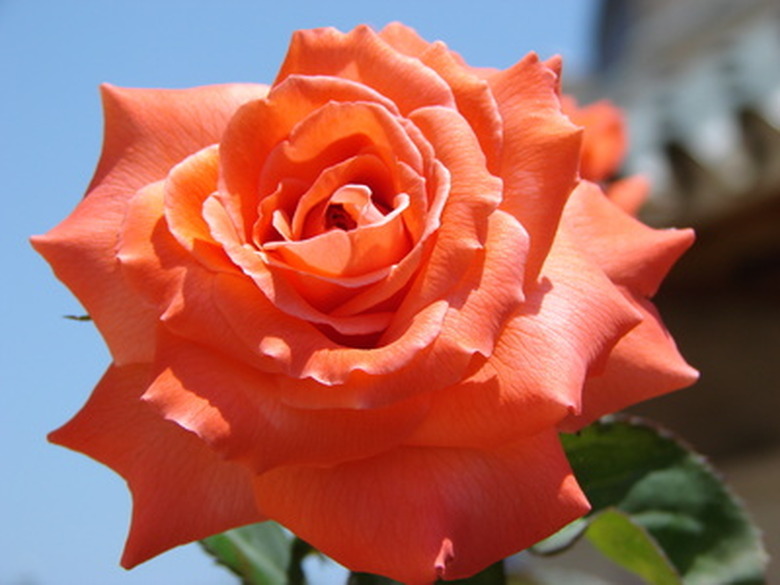About Pinata Climbing Rose
Pinata climbing rose is best known for its bright clusters of large blossoms. This climbing rose reaches up to 8 feet in height. It grows in zones 6 through 9, and is not winter hardy in colder climate zones.
One unusual characteristic of the pinata rose is that it must be watered frequently – more often than most roses. It has good disease and pest resistance. The pinata rose grows slowly and resembles a tall shrub.
Flowers
Pinata climbing rose blooms repeatedly in late spring and early summer. Its blossoms have 28 petals and slight fragrance. Pinata rose clusters come in striking colors that blend yellow and orange, and change to include scarlet red and pinks.
- Pinata climbing rose is best known for its bright clusters of large blossoms.
- Pinata rose clusters come in striking colors that blend yellow and orange, and change to include scarlet red and pinks.
Partial shade helps the pinata rose retain its varied colors best.
Pest Precautions
The pinata rose has good disease resistance but, like most roses, can be subject to black spot, a common fungus. Be sure to spray your pinata rose in the spring before its leaves have opened.
Light Needs
The pinata climbing rose does best in partial shade, which helps it retain the moisture it needs and also enhances the multi-colors of its blooms. Shade also makes the blooms live longer. Full, hot sun causes the varied coloration to bleed together. Planting it near your house will also protect it from frost.
- Partial shade helps the pinata rose retain its varied colors best.
- The pinata climbing rose does best in partial shade, which helps it retain the moisture it needs and also enhances the multi-colors of its blooms.
Soil Needs
Pinata climbing rose requires acidic to mildly acidic soil, either 5.6 to 6, or 6.1 to 6.5 for milder acidity.
Because this rose likes lots of water, especially during growth spurts in spring, add mulch around its base to retain moisture.
How it Climbs
The pinata climbing rose must be trained to climb. Most climbing roses have long canes that are tied to a support so they will not arch over toward the ground. However, the pinata rose's canes are too stiff to train it to climb along a fence. It can do well if it is placed against a tall pillar.
Propagation Methods
The pinata rose can be propagated several different ways: from softwood cuttings, as well as either semi-hardwood or hardwood cuttings. This rose will also take by grafting or budding.
- Pinata climbing rose requires acidic to mildly acidic soil, either 5.6 to 6, or 6.1 to 6.5 for milder acidity.
- The pinata rose can be propagated several different ways: from softwood cuttings, as well as either semi-hardwood or hardwood cuttings.
